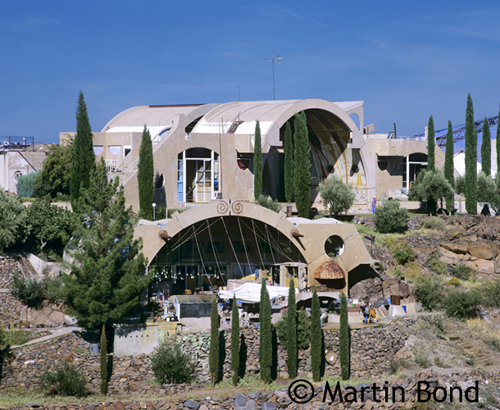| Sorted by date | |||
page196from Building Ideas
architecture
today: that is, to see architecture return to pure architecture, to form
without utopia; in the best cases to sublime uselessness.28
At this point Tafuri’s argument could be
compared with out earlier conclusion on the critical capacity of architecture
as discussed in Chapter 2. Tafuri, at the same time, seems reluctant to admit
that while this may be effective against an architectural ideology, this should
not be confused with ideology in general:
&... more ...
|
|||
|
|||
|
|
|||
|
|||
|
|
|||
page194from Building Ideas
1 Aldo Rossi – “Architettura Assassinata”,
1974-75
of practice. In the introduction to the
book version of the essay quoted above, he does take care to deny the charge of
forecasting the “death of architecture”- implied by Aldo Rossi’s famous drawing
made in response to the original publication. In fact he comes down in support
of more “autonomous” architecture – such as was discussed in Chapter 2 of this
book, in terms of a critique
 ... more ... ... more ...
|
|||
|
|||
|
|
|||
page193from Building Ideas
The Marxist Critique in Architecture –
Tafuri and Jameson
The various modes of resistance that we
have discussed so far towards the dominant power structures and institutions of
society would not necessarily be ones that all architects would agree with –
even, paradoxically, the ones most politically engaged. The Italian historian,
Manfredo Tafuri, who was deeply influenced by Marxist ideas, doubted that
architects on their own could achieve very much in the absence of a general revolution
in society. As he wrote in an essay from 1969 which was later expanded into the
book Architectur... more ...
|
|||
|
|||
|
|
|||
page192from Building Ideas
This
is the principle of commodity fetishism, the domination of society by ‘intangible
as well as tangible things’, which reaches its absolute fulfillment in the
spectacle, where the tangible world is replaced by a selection of images which
exist above it, and which at the same time are recongised as the tangible par
excellence.25
As part of Debord’s resistance to this
condition he formed the Situationist International, a group of writers and
artists committed to new modes of experience, which produced the journal of the
same name in the late 1950s and through ... more ...
|
|||
|
|||
|
|
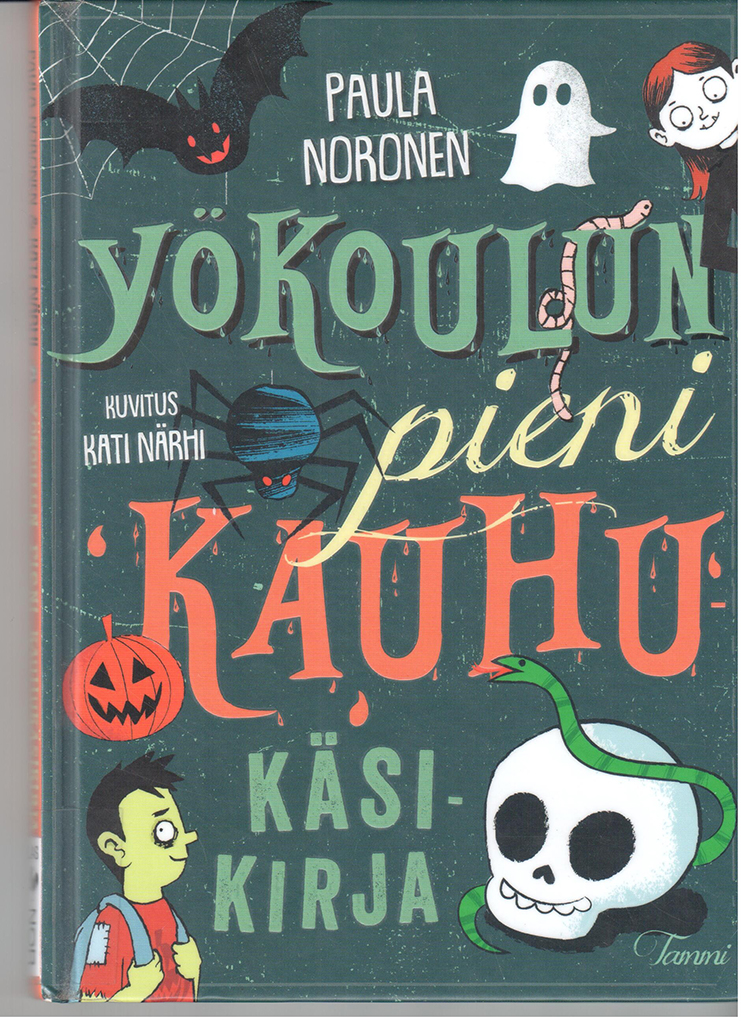 ... ...
... ... ... ...
... ... ... ...
... ...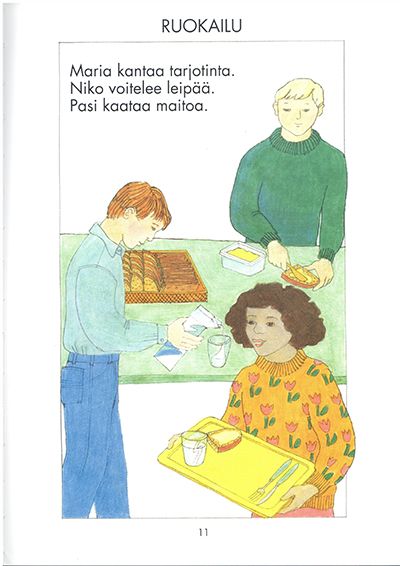 ... ...
... ...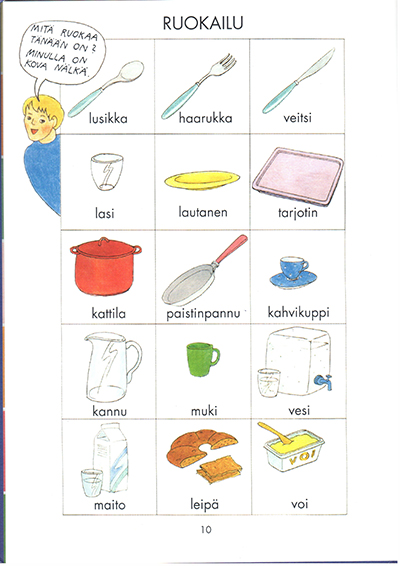 ... ...
... ...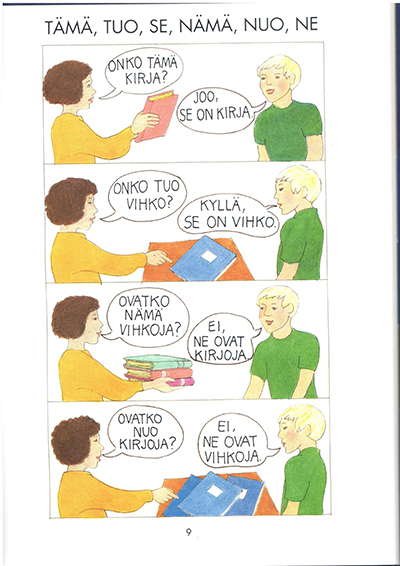 ... ...
... ...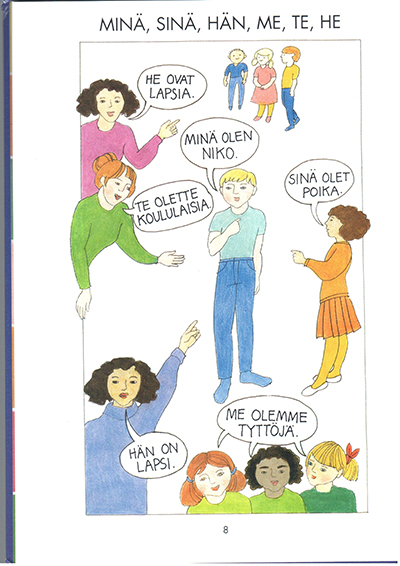 ... ...
... ...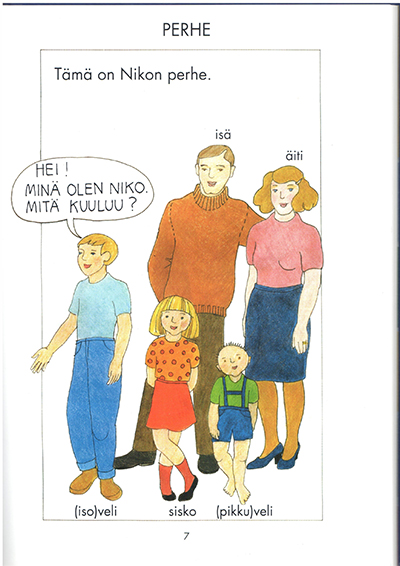 ... ...
... ... ... ...
... ...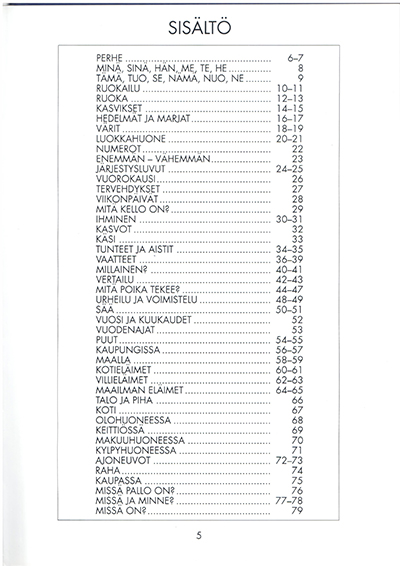 ... ...
... ... ... ...
... ... ... ...
... ...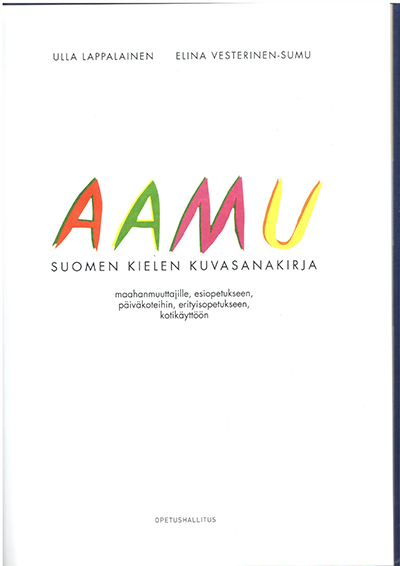 ... ...
... ...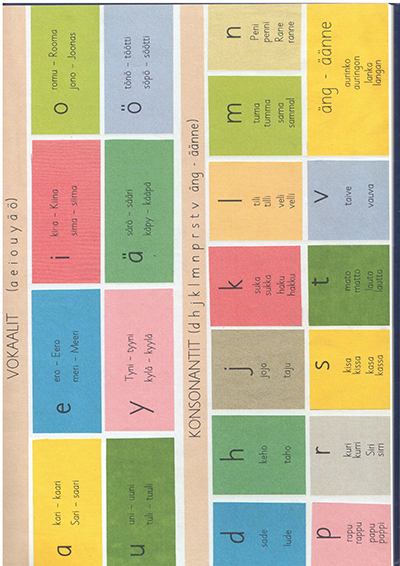 ... ...
... ...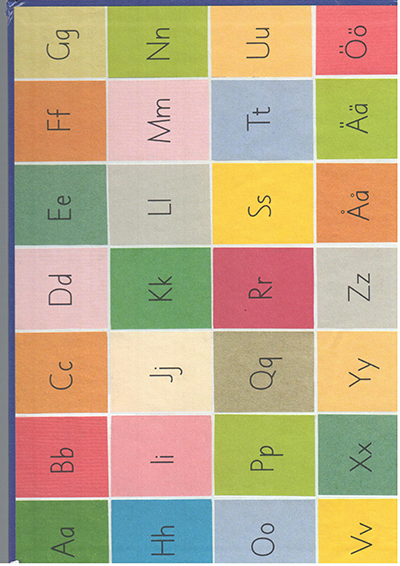 ... ...
... ...